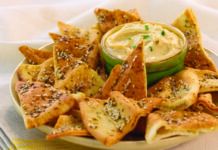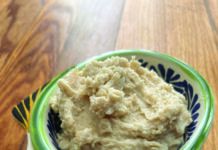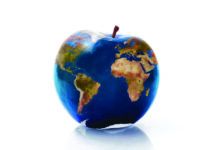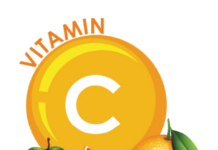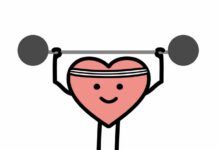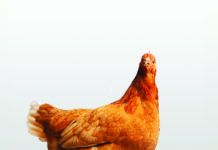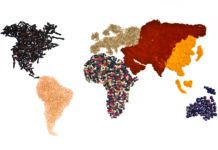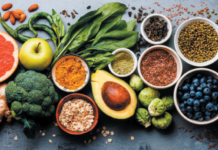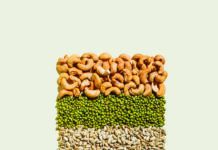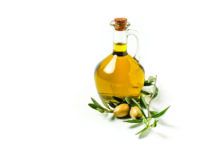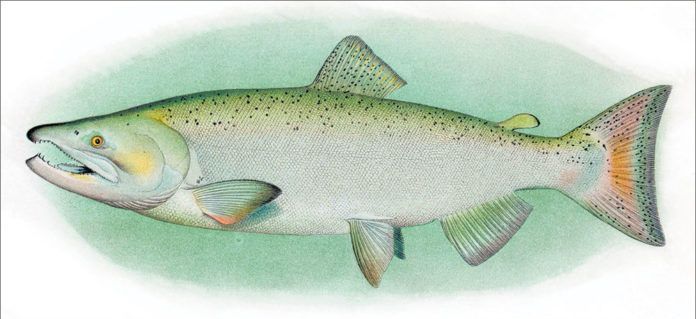Among the many pleasures of summer is the return of fresh, wild-caught salmon to local supermarkets. In general, wild salmon are in season from May through September, depending on species. Richly flavored and easy to prepare in a variety of ways (see recipe on the next page), its no wonder salmon is Americas third most-consumed seafood, behind only shrimp and tuna, at about two pounds per person annually.
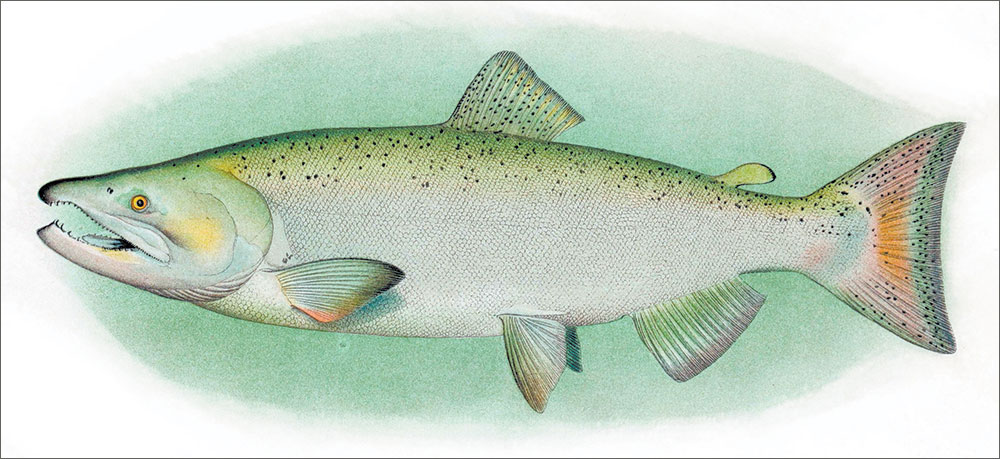

Its also among the best sources of the heart-healthy omega-3 fatty acids found in fish oil (docosahexaenoic acid, or DHA, and eicosapentaenoic acid, or EPA). Consuming 4-8 ounces of salmon weekly is enough to obtain the 1,750 milligrams of omega-3s recommended for those at risk of heart disease in the latest federal dietary guidelines. Compare that to the 20 ounces of canned light tuna, crab or Pollock required to deliver the same amount of omega-3s, or 40 ounces of cod, 60 ounces of tilapia, 80 ounces of catfish or 100 ounces of shrimp. (Canned albacore white tuna, at 8 ounces per 1,750 milligrams of omega-3s, comes close to salmon, but mercury concerns make it a poor choice for children and pregnant women.)
Regularly eating fish is an important component of a heart-healthy diet, says Alice H. Lichtenstein, DSc, director of Tufts HNRCA Cardiovascular Nutrition Laboratory. Salmon and canned tuna have relatively high levels of omega-3 fatty acids. However, there are benefits from eating any type of fish. The important thing is to start eating fish if you dont already, and then fine-tune the type later on.
HEALTHY FATS: Fresh-salmon season may, however, offer such an array of choices that consumers get confused. Which type of salmon is best? All are good choices, but nutritional benefits vary by species and by habitat. (The numbers in the chart below are approximations or averages representing a range of values.)
In general, omega-3 levels are highest in species like king salmon that swim in the coldest waters, because these fats stay liquid at frigid temperatures and serve the fish sort of like anti-freeze. Total fat levels are higher in species with the most challenging migrations, which need these stores of energy. Even within species, sockeye and king salmon that must swim against the current of the Copper River in Alaska have greater fat reserves than those whose home rivers require less strenuous migratory journeys.
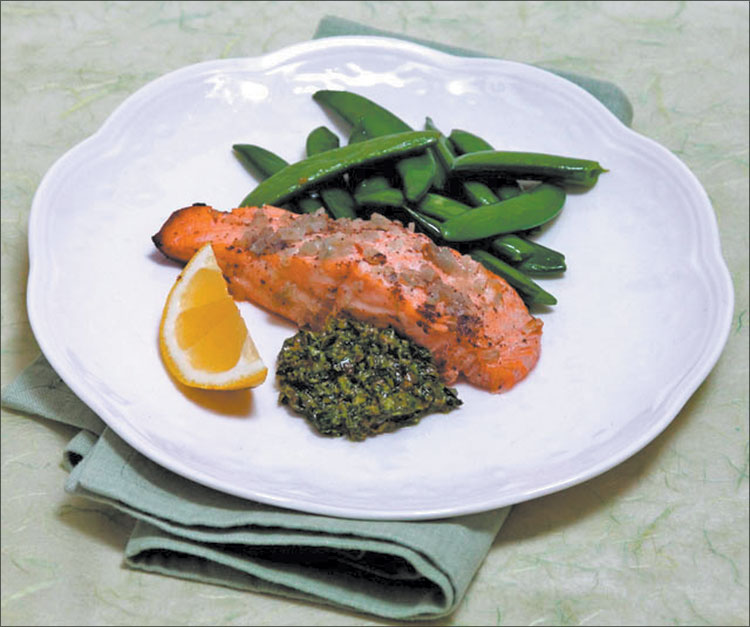

Wild-caught salmon species-king (also called chinook), coho (or silver), sockeye, chum and pink (primarily sold canned)-account for about a third of all US salmon consumption. Only Pacific salmon, primarily from Alaskan waters, can be commercially fished for US markets, because of extremely low populations in Atlantic coastal waters. Fish sold as Atlantic salmon are actually farm-raised, primarily in Norway, Chile and Canada, with a few also coming from Maine and Washington State. Some specialty stores may also carry king salmon that has been farm-raised.
ECO ISSUES: Wild-caught Alaska salmon of all types are considered a best choice for environmental sustainability by the Monterey Bay Aquariums Seafood Watch
Levels of mercury are generally not a concern in any type of salmon. The Environmental Defense Fund
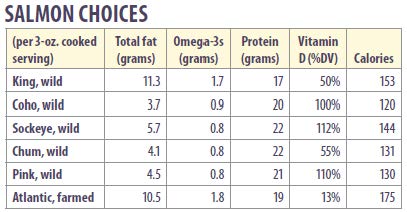

Even if youre not worried about PCBs, environmental concerns might lead you to skip Atlantic salmon. Seafood Watch cautions that the amount of food required to raise farmed salmon and the waste released into the oceans from these farms make them unfriendly to the environment, earning the organizations Avoid tag.
In addition to wild salmon, eco-friendly alternatives include Arctic char, a member of the salmon family, which contains about 5 grams of omega-3s per 3-ounce serving, and steelhead trout, a pink variety that tastes similar to salmon, which delivers a little less than 1 gram of omega-3s per 3 ounces.
ORGANIC AND ORANGE: One label you neednt bother to look for when salmon shopping is organic. The USDA has not established rule for organic salmon or other fish.
What about salmon color-is more better? The orange hue of salmon flesh-like the color of flamingos plumage-comes from a pigment called astaxanthin, produced by tiny phytoplankton consumed by small crustaceans that are in turn eaten by salmon. Like other plant pigments, astaxanthin may have health benefits. King, sockeye and coho salmon are the deepest-orange species. Atlantic salmon get astaxanthin in their feed, but some farms may substitute a manufactured pigment, canthaxanthin.
Finally, if you cant find fresh salmon-or the fish you do find in your market is no longer so fresh-dont give up. Flash-frozen salmon is as nutritious as fresh and keeps about four months in the freezer. Canned salmon is not only an environmentally sound choice but, if canned with bones, delivers a bonus of calcium.
So dont worry too much about the details when shopping for fish. People arent eating enough fish, says Tufts Lichtenstein. Availability can be limited in most places, particularly in types of salmon. I would encourage eating all types of fish, except battered and deep-fat fried.

